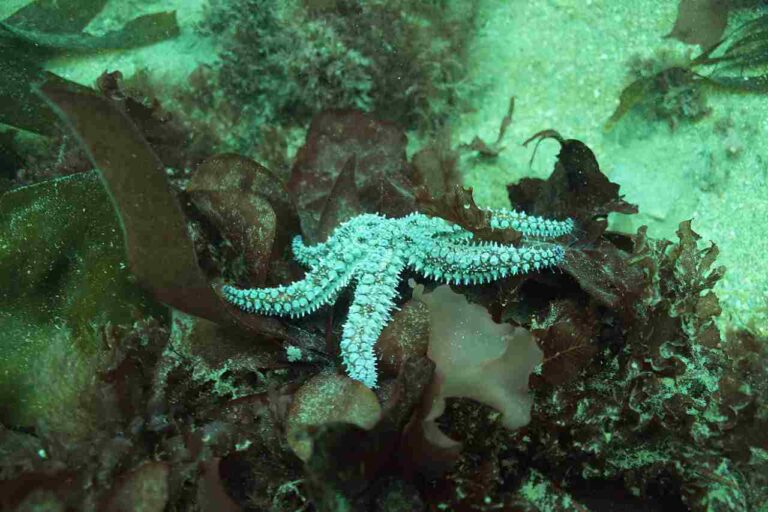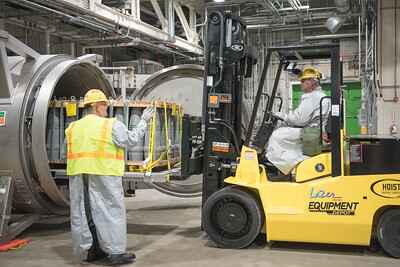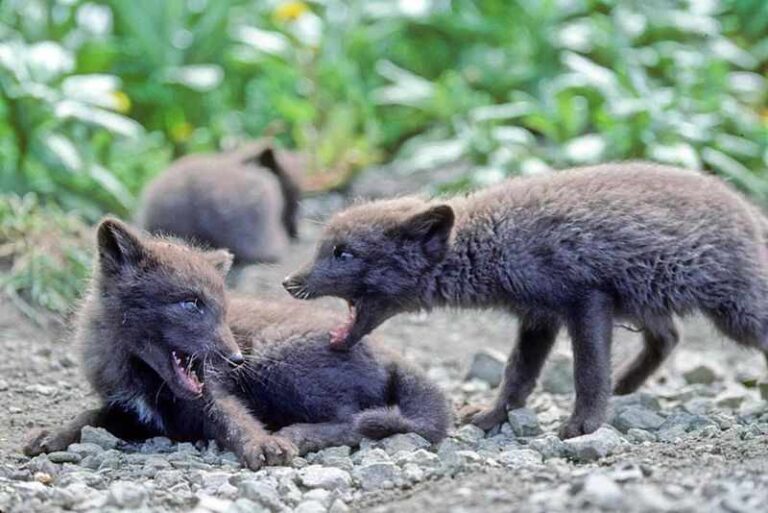Gasification Process and Stages Explained
The gasification process includes; pretreatment, cracking, reduction, cooling, and post-treatment.
This article discusses the stages of the gasification process, as follows;
1). Pretreatment (as one of the Stages of Gasification Process)
As the name implies, pretreatment involves measures that are taken to make the substrate or feedstock to be suitable for effective gasification.
The practice of pretreatment is essential in gasification, to optimize the process in terms of energy efficiency, energy conservation and conversion efficiency, so that high-quality products can be formed with the expenditure of less energy and with lower risk of environmental degradation.
Pretreatment basically involves heat application, which is usually in the form of intensive drying. Some studies describe this treatment using terms like torrefaction and pyrolysis [1].
Although pretreatment in gasification often occurs under oxygen-deficient conditions, it is not identical to waste-to-energy processes like pyrolysis or torrefaction. In contrast to these processes which aim to degrade the feedstock thermally, gasification pretreatment aims to improve the purity of the feedstock through removal of moisture and other thermo-phobic impurities.
In cases where the size of feedstock is unsuitable for insertion into the gasifier, or for efficient heat circulation and thermal cracking, pretreatment may also involve measures like physical shredding, to reduce the particular size of feedstock.

2). Cracking (as one of the Stages of Gasification Process)
Cracking marks the onset of chemical decomposition in the gasification process.
It is often accompanied by physical disintegration, and is indicated by the formation of gaseous products as a result of the breakdown and conversion of complex organic compounds to simpler molecules [2].
A catalyst is often applied to facilitate the cracking process. The choice and mode of application of this catalyst depend on the nature of feedstock involved, as well as the desired products.
3). Reduction
Gases produced from the feedstock by thermal cracking are initially treated through reduction.
In gasification, the reduction reaction is utilized as a tool for secondary cleaning or purification of the feedstock [3].
This is especially necessary when the feedstock is highly carbonaceous, such as in the cases of coal and organic waste. For such feedstock, the gaseous products of thermal decomposition are usually rich in oxygen.
Reduction is achieved by passing the oxidized gases (like H2O and CO2) through a reactive bed of red-hot charcoal or similar material, which strips the gases of most of their oxygen content.
Through reduction, tar is also isolated from the syngas mixture. Tar is itself a flammable distillate of organic matter, that is composed of hydrocarbon compounds and can be used for any of various industrial purposes.
4). Cooling (as one of the Stages of Gasification Process)
After thermal cracking and reduction, cooling of the syngas is necessary to enable it undergo any required further treatment, and extraction.
Syngas is cooled through heat transfer, which could be either by convection or radiation [4]. To achieve this, the gasifier is usually equipped to function as a heat exchanger.
Cooling can also be achieved by direct injection of cool gas or water into the gasifier or reactor, although this is not an efficient approach.
In general, the method of cooling applied depends on the temperature of syngas, which could reach or exceed 1600°C. The scale of gasification also influences the suitability of various cooling methods.
Cooling leads to increase in the density of syngas components, and facilitates the liquefaction of some gaseous fuel compounds.

5). Post Treatment
Post -treatment in gasification, refers to all measures taken to prepare the products for either disposal or end-use.
It includes further purification (either by thermal or chemical methods), additive application, and extraction.
The mode of post treatment directly depends on the intended use of gasification products.
Conclusion
Stages in the gasification process are;
1. Pretreatment
2. Cracking
3. Reduction
4. Cooling
5. Post Treatment
References
1). Chen, Q.; Zhou, J.; Liu, B.; Mei, Q.; Luo, Z. (2011). “Influence of torrefaction pretreatment on biomass gasification technology.” Chinese Science Bulletin 56(14):1449-1456. Available at: https://doi.org/10.1007/s11434-010-4292-z. (Accessed 8 October 2022).
2). Fjellerup, J.; Henriksen, U.; Gøbel, B. (2005). “Formation, Decomposition and Cracking of Biomass Tars in Gasification.” Available at: https://www.researchgate.net/publication/265115976_Formation_Decomposition_and_Cracking_of_Biomass_Tars_in_Gasification. (Accessed 8 October 2022).
3). Neubauer, Y. (2011). “Strategies for Tar Reduction in Fuel-Gases and Synthesis-Gases from Biomass Gasification.” Available at: https://www.researchgate.net/publication/267848719_Strategies_for_Tar_Reduction_in_Fuel-Gases_and_Synthesis-Gases_from_Biomass_Gasification. (Accessed 6 October 2022).
4). Oh, J.; Ye, I.; Park, S.; Ryu, C.; Park, S. K. (2014). “Modeling and analysis of a syngas cooler with concentric evaporator channels in a coal gasification process.” Korean Journal of Chemical Engineering 31(12):2136-2144. Available at: https://doi.org/10.1007/s11814-014-0164-6. (Accessed 8 October 2022).




